Many cities around the world have implemented car bans despite the convenience these vehicles provide.
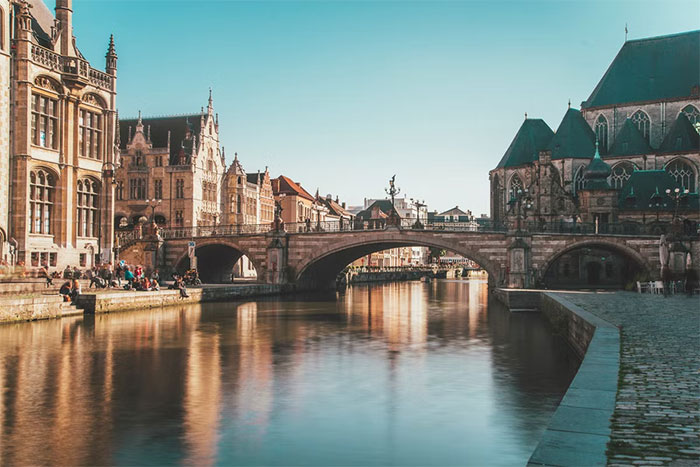
Ghent (Belgium): A few years ago, the city center of Ghent frequently experienced traffic congestion and a lack of parking spaces. Many cafés had to remove their outdoor seating areas due to severe air pollution and noise. In 2017, the city introduced a new mobility concept called “Ciratieplan” (traffic plan). According to this plan, only buses, taxis, and emergency services are allowed to access the city center. Delivery vehicles must leave the center before 11 AM. (Photo: Independent).
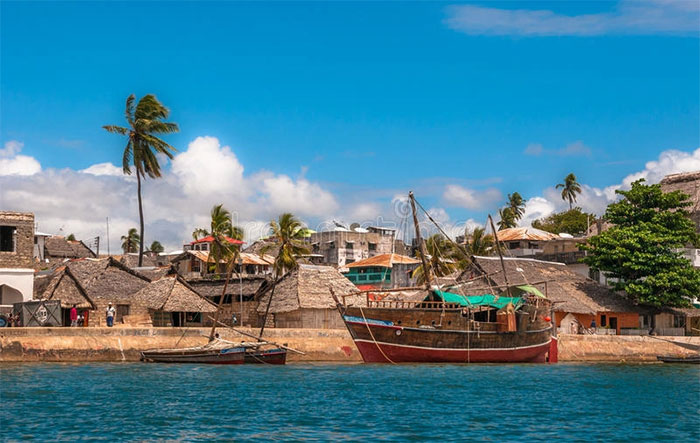
Lamu (Kenya): This island is recognized by UNESCO as a World Heritage site. It is the oldest and best-preserved settlement of the Swahili-speaking community in East Africa. Lamu prohibits cars on the island to preserve its rich cultural and historical values. Residents primarily move around by bicycle, donkey, or on foot. (Photo: Dreamstime).
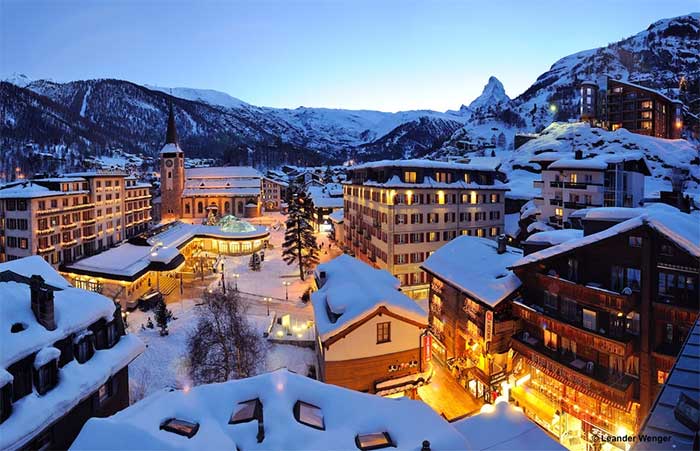
Zermatt (Switzerland): Located at the foot of the Matterhorn, Zermatt is devoid of cars on its streets. Private vehicles can only travel to Täsch, a small town about 5 km away. From there, visitors take a train to reach the city, with trains running approximately every 20 minutes. In Zermatt, tourists can explore the city on foot, by bicycle, horse-drawn carriage, or electric taxi and bus. (Photo: Madelineu).
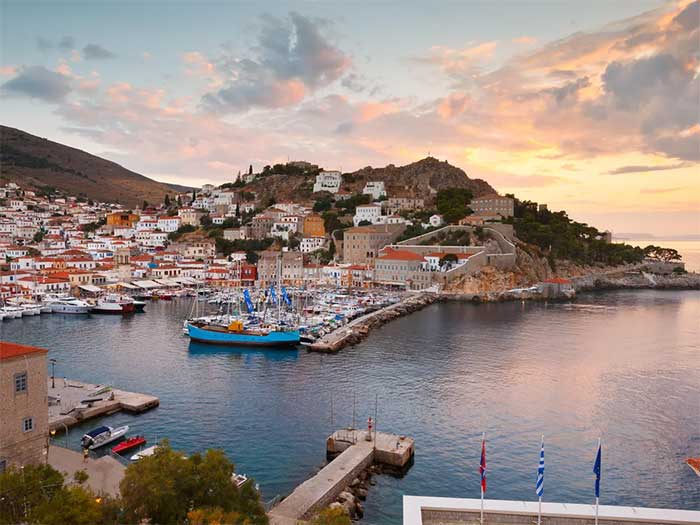
Hydra Island (Greece): No motor vehicles are allowed on Hydra, part of the Saronic Islands in Greece. The only vehicles present are garbage trucks. Thanks to the absence of cars, visitors can enjoy the picturesque red-tiled buildings and white walls throughout the island. (Photo: The Guardian).
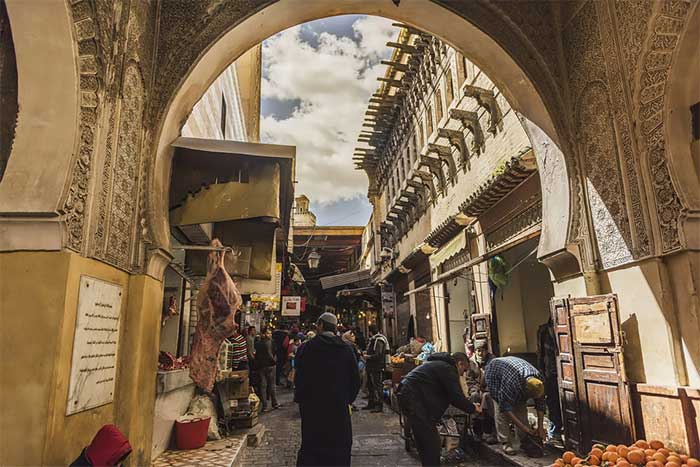
Fes el Bali (Morocco): This area features streets that retain their medieval charm. It is one of the largest car-free urban areas in the world. One reason cars are absent is that the streets are too narrow for any vehicle to navigate. Consequently, residents primarily walk, use donkeys, or push carts. (Photo: Lifestyle Asia).
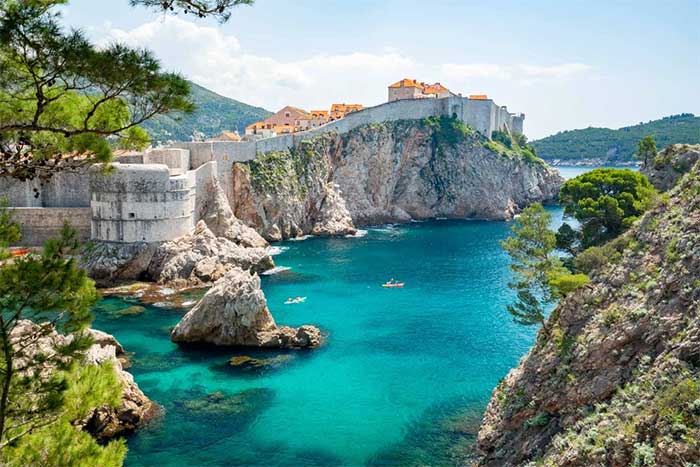
Old Town Dubrovnik (Croatia): Dubbed the “Pearl of the Adriatic,” Dubrovnik is renowned for its diverse Gothic, Renaissance, and Baroque churches alongside its stunning red roofs at sunset. If you wish to drive here, you must park on the outskirts of the Old Town. During peak tourist seasons, finding parking to visit Dubrovnik can be quite frustrating for many visitors. (Photo: Embrace Someplace).
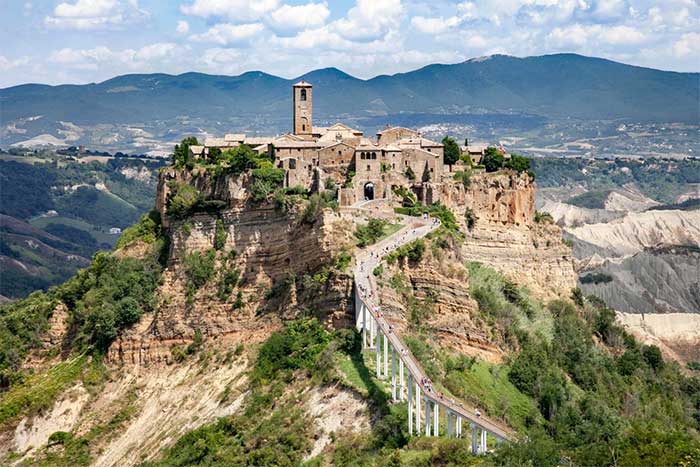
Civita di Bagnoregio (Italy): This hilltop town is distinguished by its unique landscape. While not as famous as Siena or Assisi, it attracts a significant number of tourists every year. To enter the town, visitors must cross a bridge approximately 300 meters long. Besides being car-free, Civita di Bagnoregio is also known as the “dying town.” Its current population is just 11 residents, while the tuff rock beneath the town is severely eroding, putting Civita di Bagnoregio at risk of collapse. (Photo: Lorenzo Taccioli).


















































